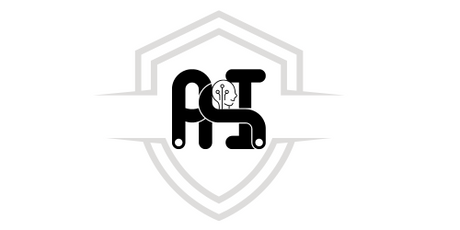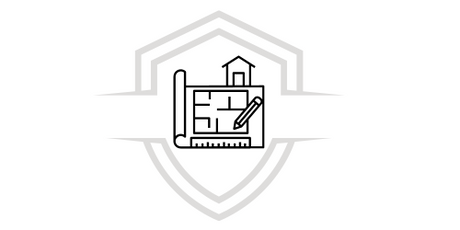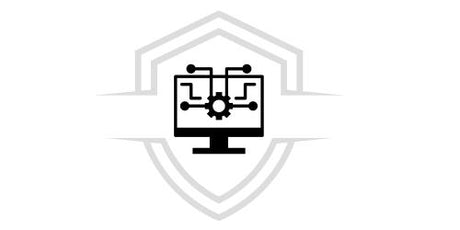Introduction
Rendering is an essential part of 3D design, and VRay Sketchup is one of the most powerful and popular tools for this purpose. In this comprehensive guide, we'll teach you how to master VRay Sketchup to take your projects to the next level. From basic settings to advanced techniques, we'll cover everything you need to know to become a rendering expert.
What is VRay Sketchup?
VRay Sketchup is a rendering engine that integrates with Sketchup, a popular 3D modeling application. Developed by Chaos Group, it offers a wide range of tools and features that allow designers to create high-quality, realistic images. Its versatility and power make it ideal for architects, interior designers, and 3D artists.
Installing VRay Sketchup
To start using VRay Sketchup, you first need to install it. Follow these simple steps for a smooth installation:
- Download: Visit the Chaos Group website and download the latest version of VRay Sketchup.
- Installation: Run the installation file and follow the on-screen instructions.
- Activation: Once installed, activate the software using the license provided.
VRay Sketchup Basic Setup
Before you start rendering, it is crucial to set up VRay Sketchup correctly. Here are the basic settings:
Lighting Setup
Lighting is one of the most important aspects of rendering. It offers several lighting options, including:
- Ambient Light: Provides general lighting to the scene.
- Directional light: Simulates sunlight.
- Point light: Emits light from a specific point.
Material Configuration
Materials determine how the surfaces of your models will look. VRay Sketchup includes a library of predefined materials, but you can also create your own. Adjust material properties, such as reflection and refraction, to achieve the desired look.

Advanced Rendering Techniques
Once you've mastered the basic settings, it's time to explore advanced techniques that will make your renders stunning.
Using Proxies in VRay Sketchup
Proxies are simplified models used to represent complex objects. Using proxies can significantly improve rendering performance in VRay Sketchup .
Layered Rendering
Layered rendering allows you to render different elements of your scene separately and then combine them in post-production. This gives you more control over the final result.
Interactive Rendering
Interactive rendering lets you see changes in real time as you adjust the scene. VRay Sketchup offers this feature, making it easy to iterate and improve your design.
Rendering Optimization
Optimization is key to getting high-quality renders in the shortest time possible. Here are some tips to optimize your workflow in VRay Sketchup:
Quality Settings
Adjust the render quality to suit your project needs. For previews, use a lower quality, and for the final render, increase the quality.
Using GPUs
If you have access to GPUs (Graphics Processing Units), use VRay Sketchup's GPU rendering to speed up the process.

Troubleshooting Common Problems
Even with a powerful tool like VRay Sketchup , problems can arise. Here's how to fix some of the most common issues:
Artifacts in Rendering
Artifacts can be caused by incorrect lighting or material settings. Review these settings and test to identify the cause.
Long Rendering Times
If rendering times are too long, try reducing the complexity of your scene or using proxies. Also, make sure you are using the full capabilities of your hardware.

Resources and Community
The VRay Sketchup user community is a great source of resources and support. Here's how to take advantage of these resources:
Online Forums and Groups
Join online forums and groups dedicated to VRay Sketchup. Here you can find tutorials, tips and answers to questions.
Tutorials and Courses
There are numerous tutorials and courses online that can help you improve your VRay Sketchup skills. Platforms like g-talent.net offer specialized courses that will take you from beginner to expert.
VRay Sketchup Conclusion
Mastering VRay Sketchup is a process that takes practice and dedication, but with this comprehensive guide, you have all the tools you need to get started. From basic setup and configuration to advanced techniques and optimization, each step brings you closer to creating professional-quality renders. Don't forget to take advantage of the community resources and continue learning.
If you're ready to take your skills to the next level, consider enrolling in g-talent.net 's rendering courses. Don't wait any longer and get started today!














